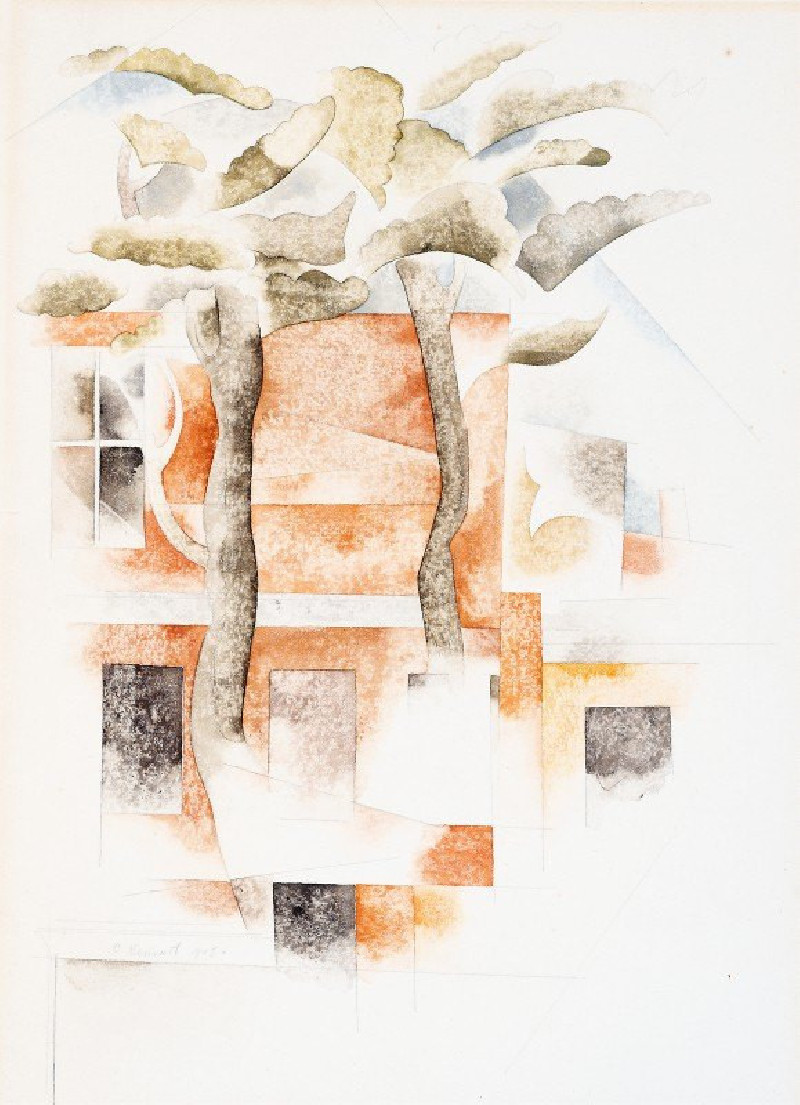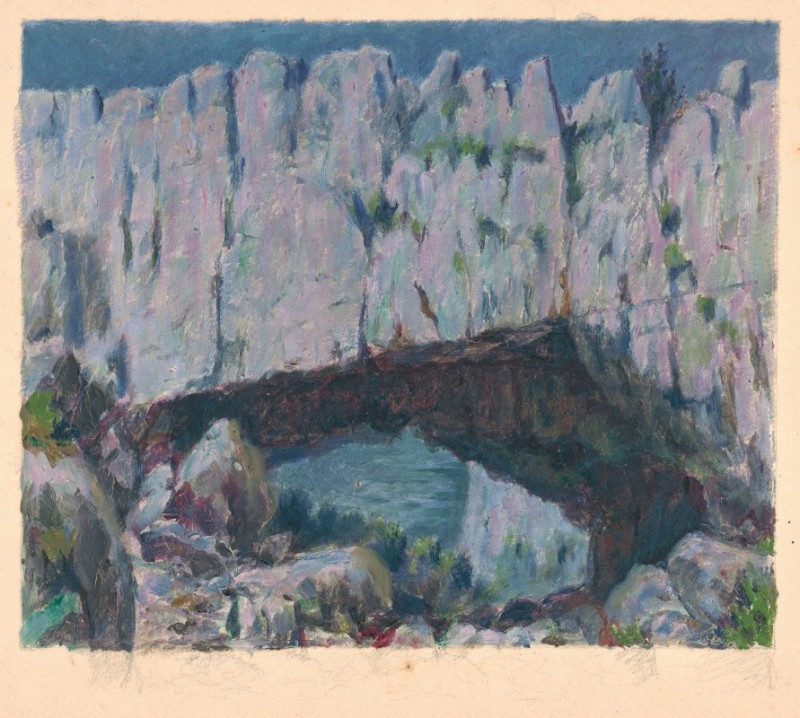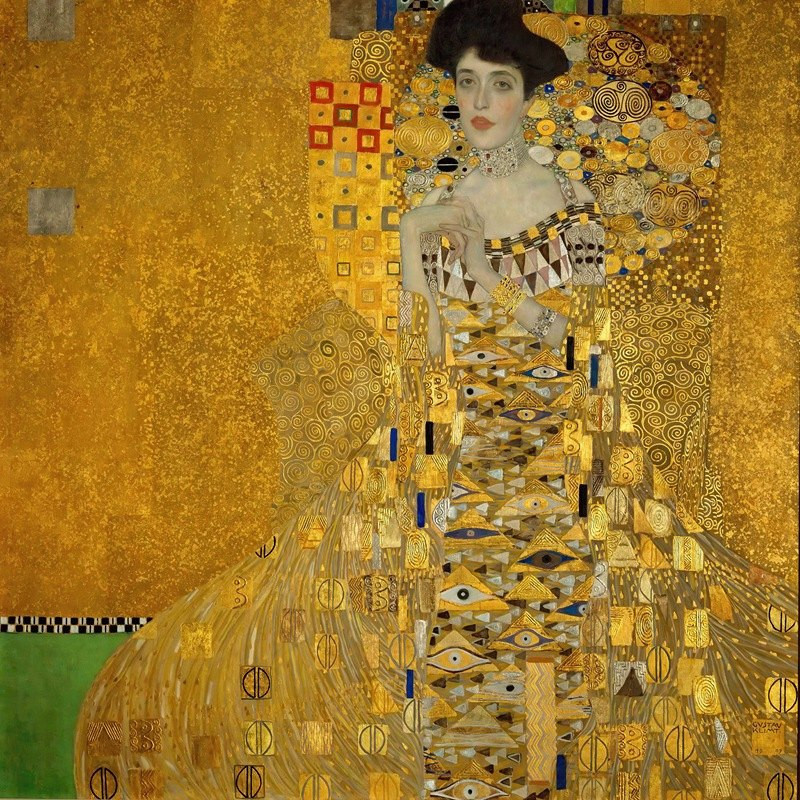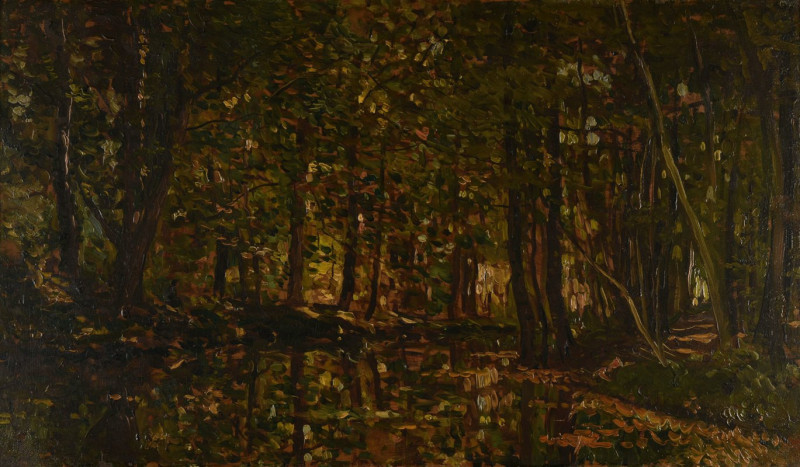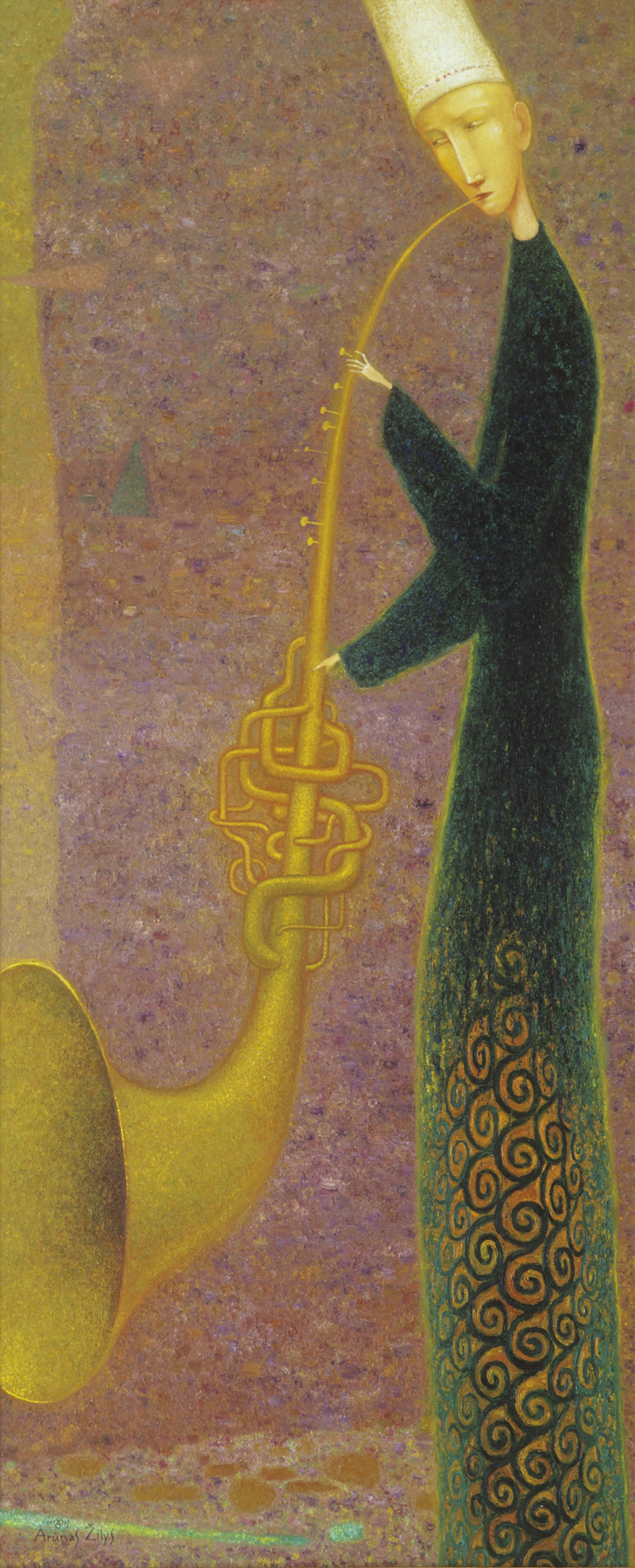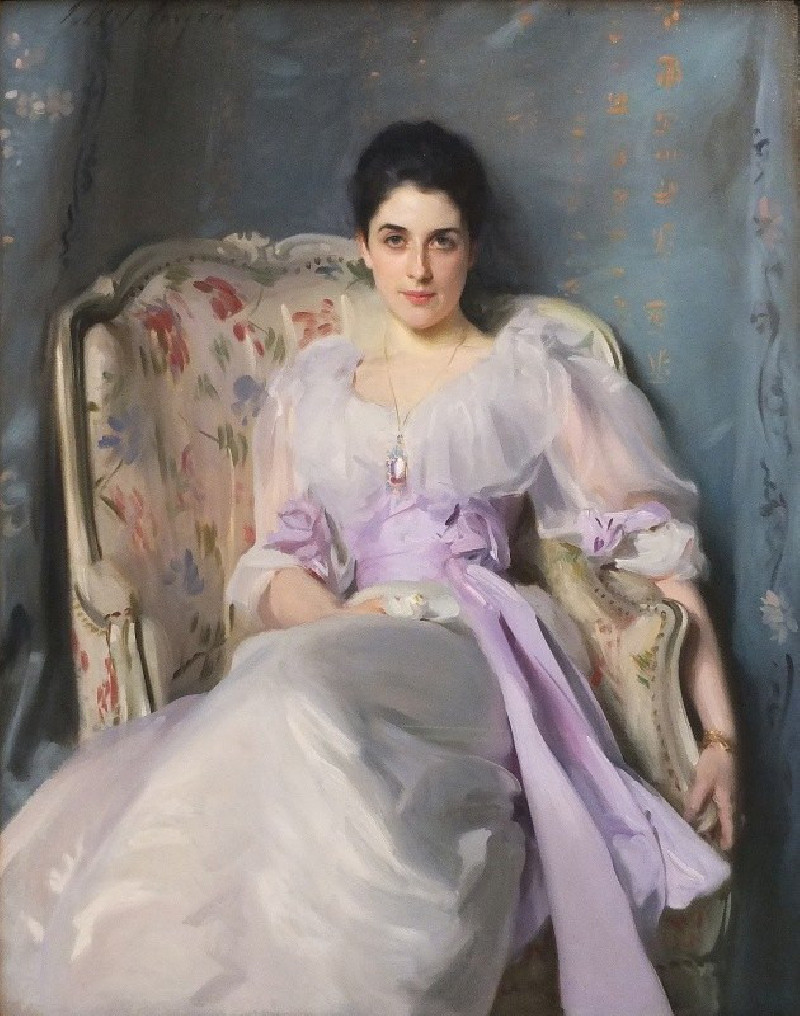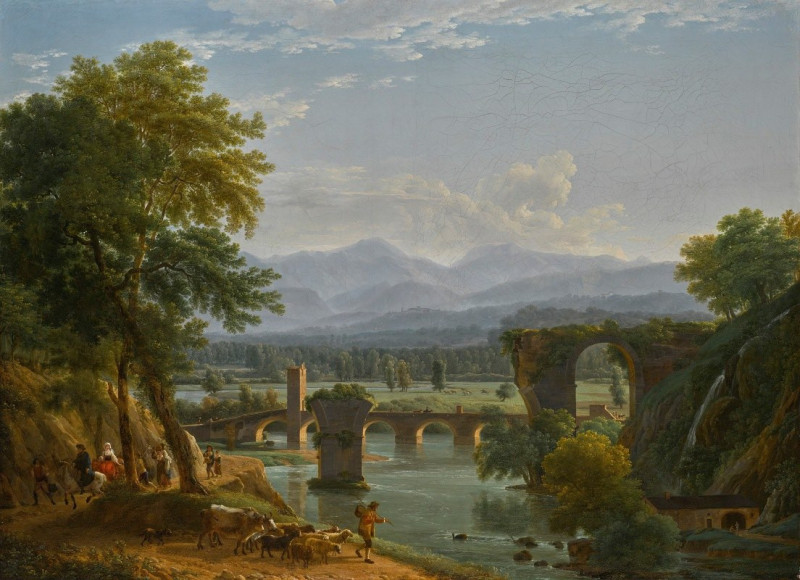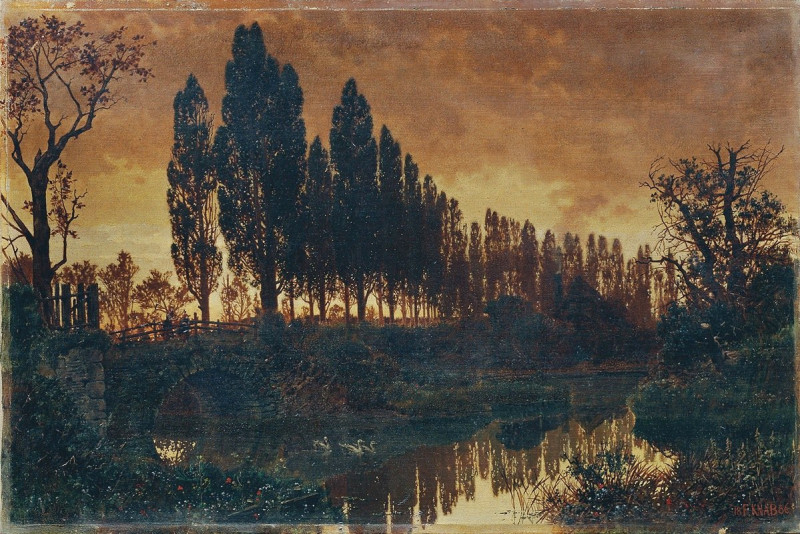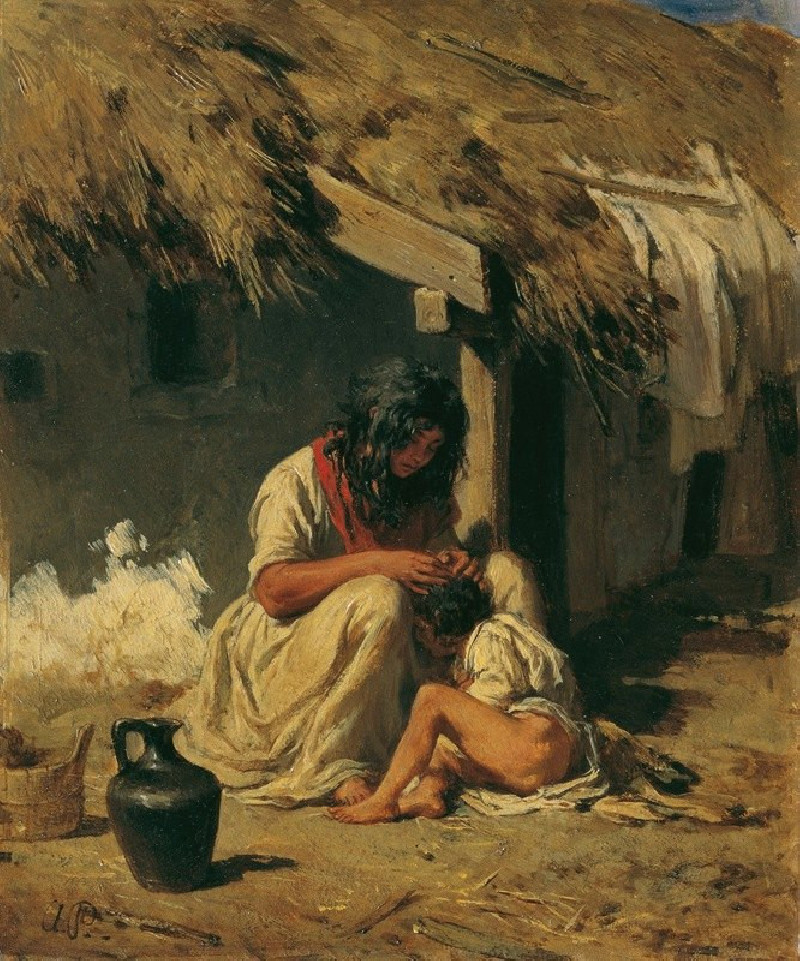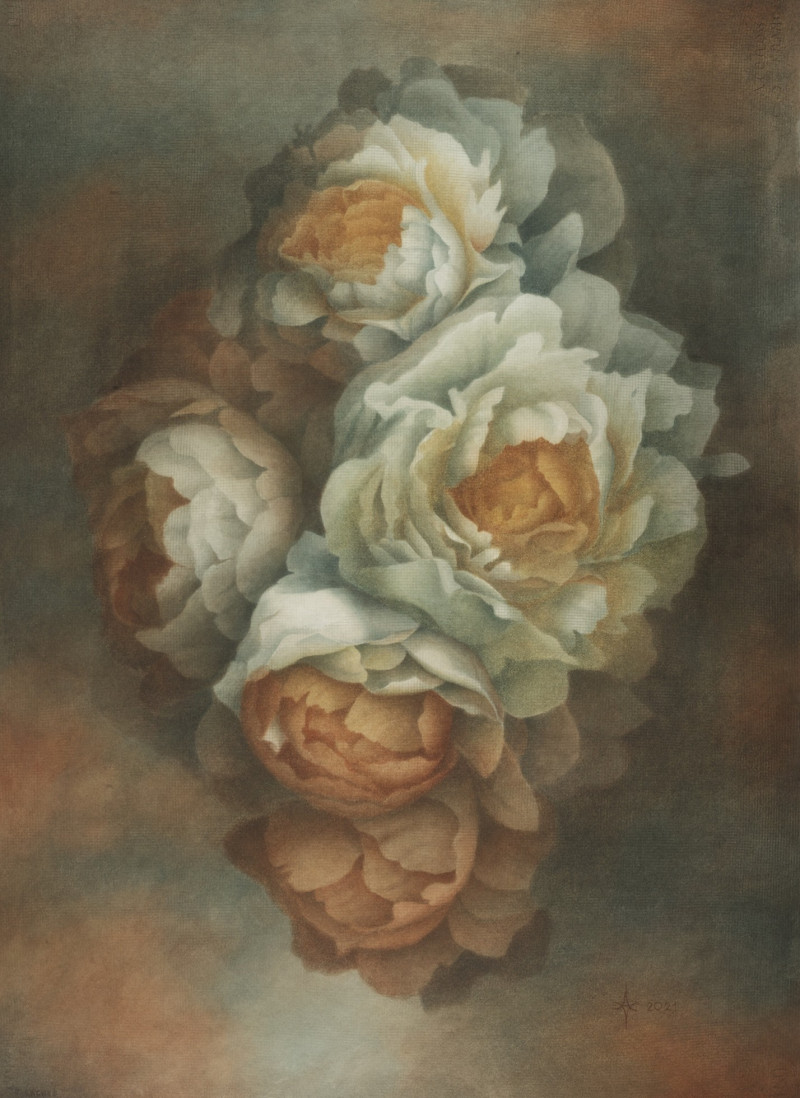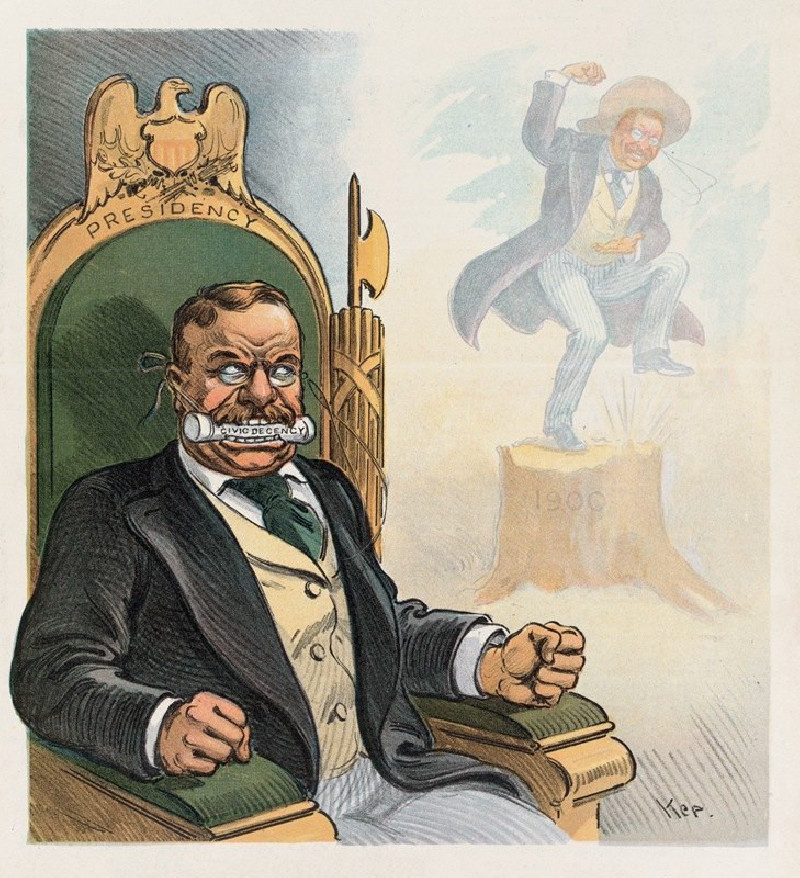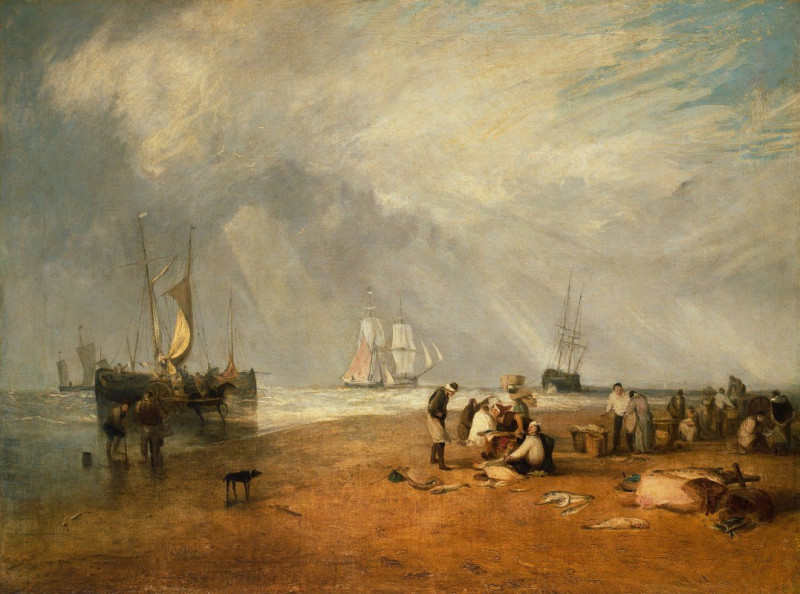Charing Cross Bridge,London (1890)
Technique: Giclée quality print
Recommended by our customers
More about this artwork
Artist: Camille Pissarro (1890)Camille Pissarro's painting, "Charing Cross Bridge, London," is a stunning example of Impressionism, capturing a snapshot of London in the late 19th century with a vibrant yet serene palette. Painted in 1890, this artwork illustrates Pissarro's ability to blend urban life with the natural atmosphere, presenting a bustling yet peaceful riverscape.The painting depicts the renowned Charing Cross Bridge spanning the Thames with London's detailed cityscape in the background. The horizon is dominated by the silhouette of the Houses of Parliament to the left and the intricate architecture of other historic buildings. The soft, diffused lighting suggests early morning, with the sky above echoing a medley of gentle blues, whites, and subtle golds, implying the fleeting moment right after dawn.The Thames itself is animated with life; small boats dot the glistening water, hinting at the daily life and labor of the city's inhabitants. A couple of barges prominently feature in the foreground, one with a small garden of flowers on board, adding a touch of natural beauty to the urban scene. The water's surface is rendered with light brush strokes, creating sparkling effects that suggest the shimmering movement of the river.Pissarro's technique employs a series of small, meticulous strokes that build up the texture and depth of the scene, characteristic of the Impressionistic style. His use of light and color captures the transient effects of sunlight on the landscape, giving the viewer a sense of the weather and time of day."Charing Cross Bridge, London" not only showcases Pissarro’s masterful brushwork and keen observation of light but also encapsulates a moment of everyday life in London, interpreted through his unique artistic lens.
Delivery
Returns
Blessed are they who see beautiful things in humble places where other people see nothing. — Camille Pissarro
Camille Pissarro (1830-1903) was born on St.Thomas (now the US Virgin Islands) to a Portuguese father and a Dominican mother. He went to Paris to study art at Ecole des Beaux-Arts. He was an early pioneer of pointillism and neo-impressionism and later became a mentor of many famous impressionist painters including Cezanne, Manet, Renoir, and Gauguin. His paintings depicted rural and urban French landscapes and lifestyle. Many of his works politically captured images of peasants and laborers. Today, he is considered the father of impressionism.
































